Can Cats Eat VASELINE? (Are There Any Health Benefits?)
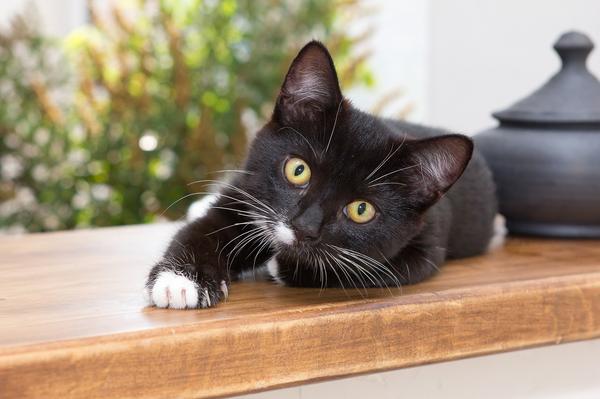
Are you worried that giving your cat Vaseline might lead to disaster?
Do you picture your furry friend slipping and sliding all over the house, leaving a greasy trail in their wake?
I get it.
You want the best for your feline companion, and the thought of potential harm is downright distressing.
But fear not, dear reader. 🐾
Let's dive into the mysterious world of why cats are strangely drawn to Vaseline, and together we'll unlock the secrets that will put your worries to rest.
Ready?
Let's begin.
Is Vaseline Safe for Cats?
Vaseline can be safe for cats when used in moderation. It can moisturize and lubricate areas like paws and ears. However, excessive consumption may cause gastrointestinal issues. Consult your vet before using vaseline on your cat to ensure safety.
Vaseline is typically safe for cats, my friend.
This non-toxic goop can be used as a moisturizer and lubricant for areas like paws and ears.
However, don't go overboard with the application or cats will surely...um...have some stomach troubles (FYI, excessive consumption of Vaseline may lead to gastrointestinal issues). So, moderation is key.
While cats are adept at licking themselves clean without any human intervention, in certain cases, a little bit of vaseline might do the trick.
Just make sure your vet gives their stamp of approval before encouraging your cat to get friendly with this greasy substance. It's always better to be safe than sorry, isn't it?
Good news!
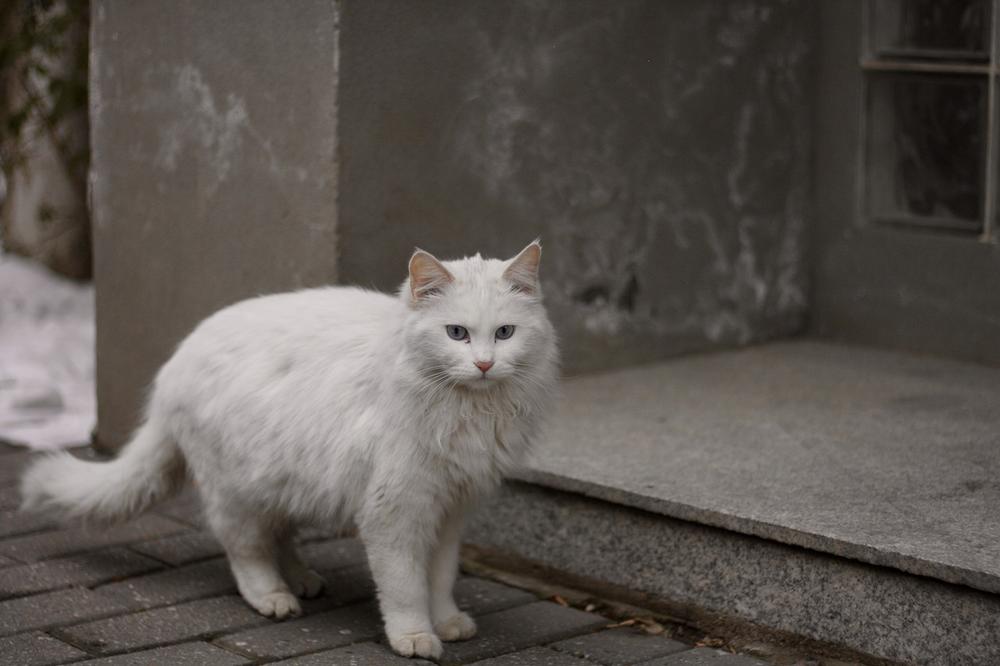
Petroleum, which is the main ingredient in vaseline, is deemed safe for external use in humans as a moisture barrier.
But really, though, you do want to talk to your veterinarian before slathering vaseline on your cute feline buddy.
They'll know best!
Use vaseline gently and sparingly, dear reader, to play it safe and keep your furry friend purring with joy.
And now, let's delve deeper into the intriguing reasons behind your cat's fascination with Vaseline.
Why do they seem drawn to this slippery substance?
Well, you'll be surprised by what I discovered!
Vaseline and Cat Grooming Habits
Cats love Vaseline.
It's a fact.
And it's not just because they're weirdos (although, let's face it, that might be part of it). There are actually some reasons behind their strange obsession with the stuff.
First of all, cats are natural groomers.
They spend hours licking themselves clean every day. So when they come across something like Vaseline, with its enticing scent and creamy texture, they can't help but give it a taste.
But it's not just the taste that lures them in.
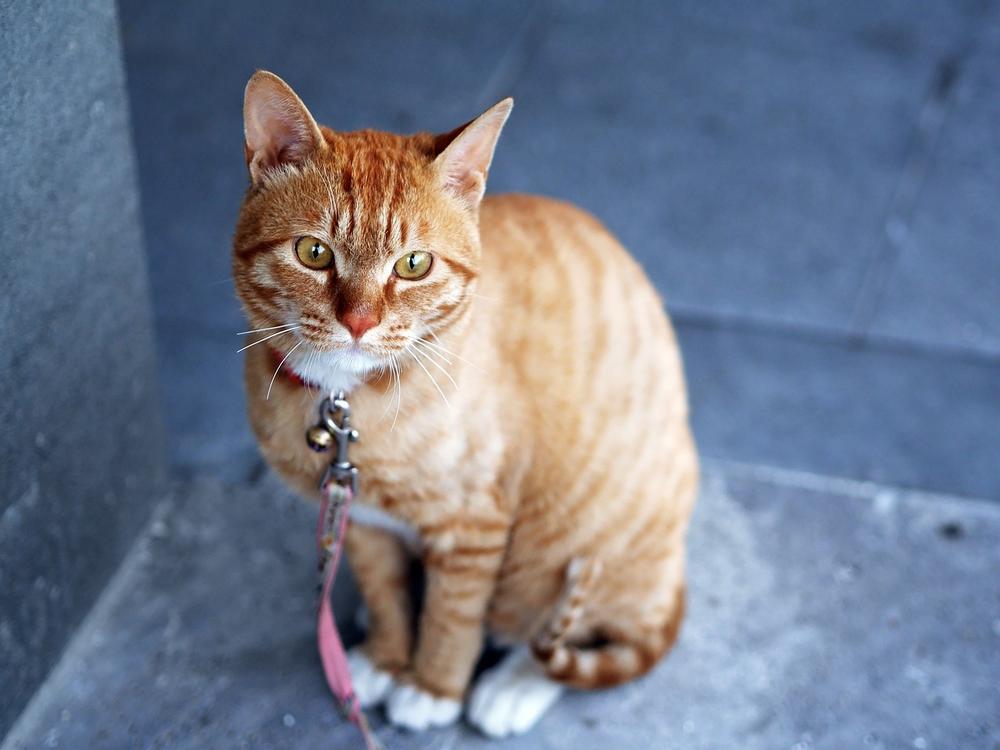
Vaseline also has moisturizing properties that can help with cracked paws and tangled fur on their little cat butts.
Plus, it acts as a lubricant, making their fur, paws, and skin healthier in essence.
And let's not forget about their noses.
Cats have dry little sniffers, and Vaseline can help soothe them.
So whether it's the smell, the taste, or just plain curiosity, there's something about Vaseline that cats find irresistible.
Just make sure you keep it out of reach, because despite their fondness for it, Vaseline is NOT safe for cats to eat. 😺
I advise you to satisfy your curiosity and take a moment to check out why your cat exhibits such interesting behaviors, including their love for Vaseline.
For potential solutions or helpful advice on how to stop these habits, explore my blog post on Why Does My Cat Eat My Other Cats Whiskers.
Vaseline for Hairballs
If you have a cat and want to prevent those pesky hairballs, Vaseline is your go-to solution.
Hairballs can be pretty uncomfortable for cats, causing them to lose their appetite and even puke.
In some cases, they might need surgery!
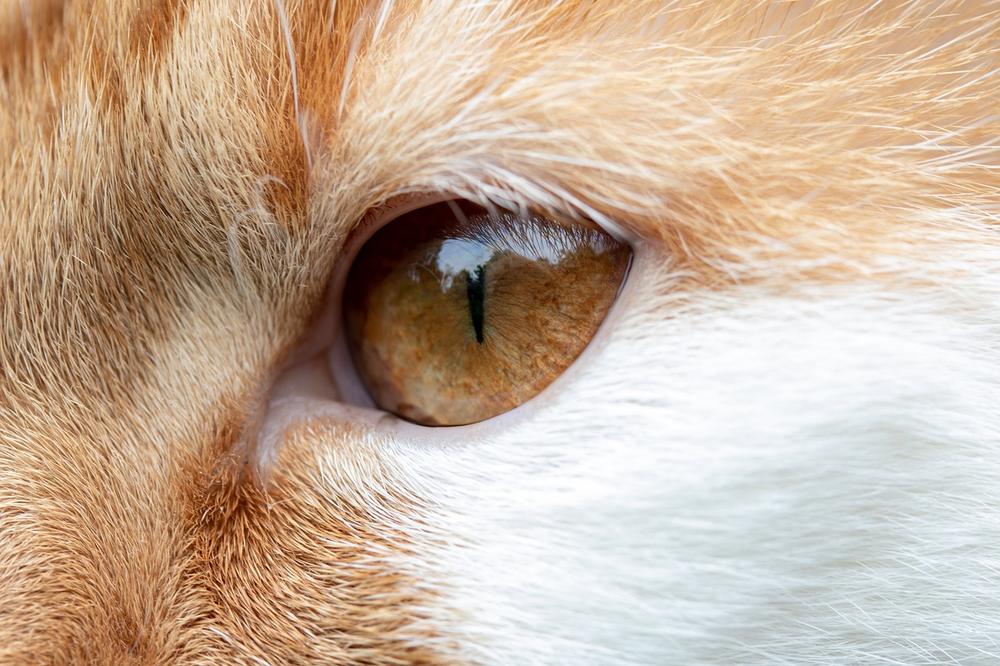
But fret not, my friend.
I've got some practical tips for you on how to use Vaseline effectively:
- Feed your cat dry food specially formulated to tackle hairballs. It's packed with fiber that helps move the hair along in their tummy.
- If your kitty prefers canned food, add fiber supplements like psyllium husk or pumpkin puree to aid digestion and cut down on hairball formation.
- Mix petroleum jelly and mineral oil together. This slick concoction lubricates the digestive system, making it easier for hair to pass through the intestines.
- Is your furball plagued by chronic hairballs? Use Vaseline as a remedy! Its protective coating prevents blockages, ensuring smooth sailing (or should I say passing!) for those unruly hairballs.
- During shedding season, consider giving your feline friend a dietary supplement of Vaseline. It helps get rid of those stubborn hairballs lodged in their digestive tract.
Here's a little secret:
Vaseline not only wards off hairballs but also brings comfort to your furry pal and may even put a dent in flea reproduction.
Remember these tips, and you'll have one happy, hairball-free cat companion by your side!
And now, let's dive into the potential drawbacks of using Vaseline for cats and how it can affect their health...
The Risks of Cats Ingesting Vaseline
Excessive Vaseline ingestion can cause health problems in cats
Listen up, cat lovers.
I'm here to tell you about the risks when cats eat Vaseline.
It's not toxic, but it can seriously harm your furry friend.
Vaseline can irritate and upset a cat's digestive system
Too much Vaseline can give your cat pancreatitis, dehydrate them, make their bottom hurt, and give them diarrhea.
Trust me, you don't want to deal with those messy litter box situations!
Vaseline has zero nutrition and even takes away their vitamin A.
So, unless absolutely necessary, keep your kitty away from this stuff.
Vaseline poses additional risks when used or consumed by cats
Now, this is where things get really worrisome.
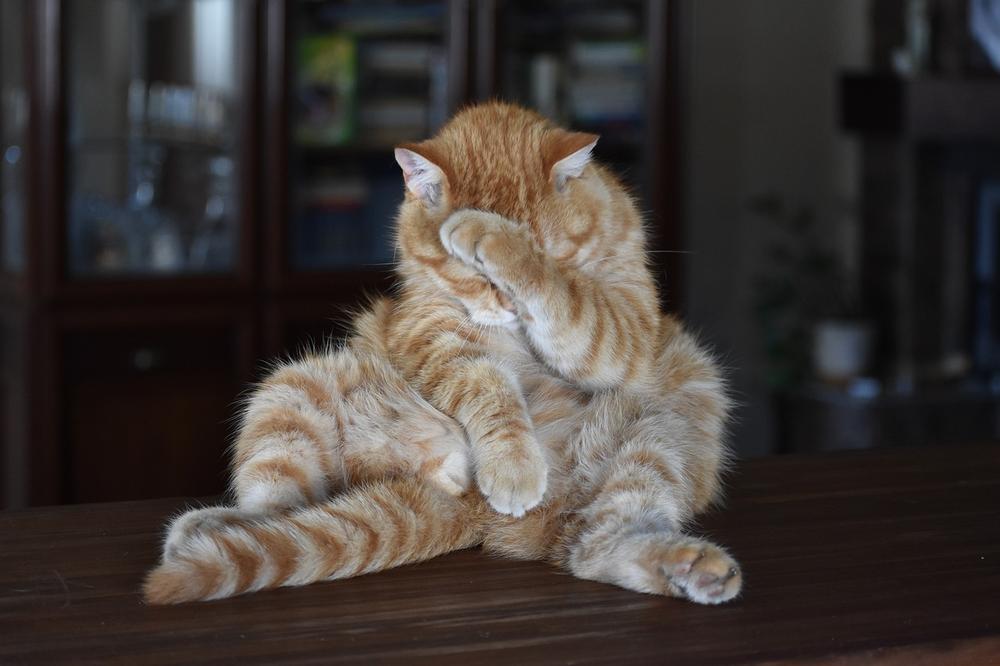
If Vaseline gets into their lungs, they can get pneumonia.
That's definitely something you want to avoid.
Also, bear in mind that cats carry lots of bacteria in their mouths.
So, if they eat Vaseline, there's a chance for bacteria to contaminate them.
It's always a good idea to check with your vet before letting them have any Vaseline.
So, my fellow feline enthusiasts, be careful with cats and Vaseline.
Control how much they're exposed to it, avoid giving them liquid paraffin to prevent pneumonia, and limit how much you apply on them to stop excessive licking.
Your kitties will appreciate you looking out for their well-being!
Using Vaseline for Cat Wounds
Using Vaseline for cat wounds is a safe and effective treatment.
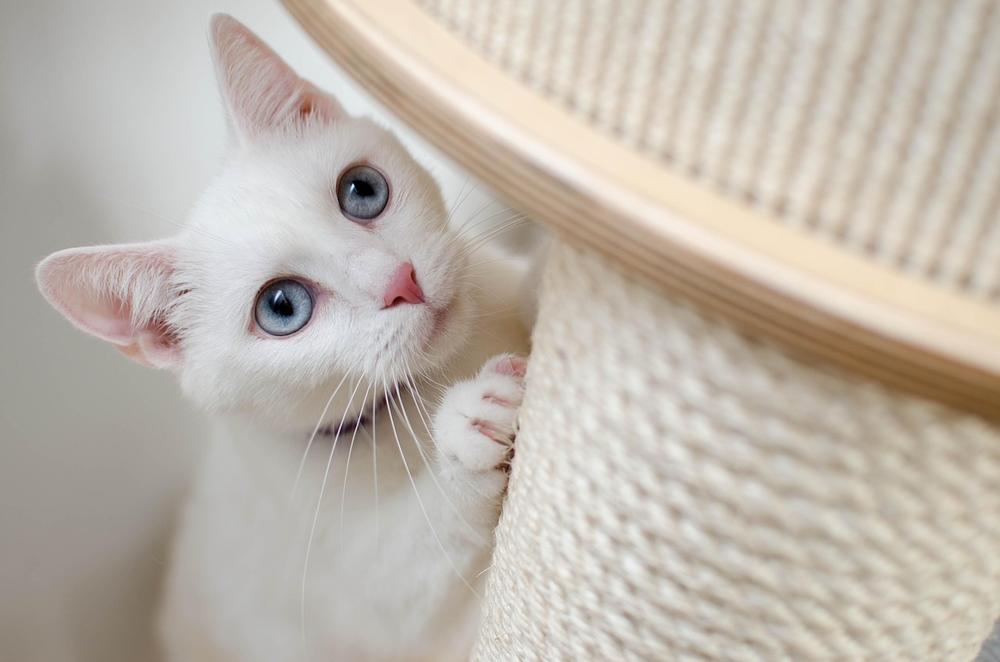
But remember, apply only externally.
- Keep wounds moist to aid in the healing process.
- Use around the eyes for cleaning and disinfection (some cats may dislike it).
- Treat cat mites externally by applying Vaseline.
- Prevent water loss and relieve dry skin on a cat's bottom caused by digestive issues.
- Promote wound healing by preventing scabbing and scar formation.
However, do not apply to the nose or mouth, and prevent ingestion.
The appropriate amount of petroleum jelly should be used based on the cat's age, size, and severity of the skin problem.
You must note that Vaseline can be messy and greasy, so proper application techniques should be used.
Alternatives to Vaseline for Cat Care
If you need alternatives to Vaseline for taking care of your cat, there are a few options that can give you similar benefits.
- Cat balms or paw wax: These balms are made specifically for cats and they moisturize and protect. They keep your cat's paws and nose hydrated and nourished.
- Coconut oil: This natural ingredient is safe for cats and works as a moisturizer when applied topically. It has antimicrobial properties that can help soothe dry or irritated skin.
- Petroleum jelly: Just like Vaseline, petroleum jelly forms a protective barrier on the skin. Make sure to use pure petroleum jelly without any fragrances or harmful ingredients for cats.
- Shea butter: This natural butter is commonly used in cat balms and it helps hydrate and protect your cat's skin. It's safe for cats and provides moisturizing benefits.
- Join Ask My Cats on Facebook: Connect with other cat owners in this community of cat lovers. You can ask questions, share experiences, and get valuable insights and advice on cat care.
Remember to always consult your veterinarian before trying new products on your cat.
You want to ensure it's safe for them.
Wrap-up
Key Takeaways:
- Cats licking or ingesting small amounts of Vaseline is considered safe.
- Consult with your vet before allowing your cat to eat Vaseline.
- Vaseline can be used as a non-toxic moisturizer and lubricant for cats' dry areas.
- Cats are drawn to Vaseline's scent, texture, and properties.
- Vaseline can prevent hairballs and aid in their passage through the digestive system.
- Excessive ingestion can cause symptoms such as diarrhea and vomiting.
- Vaseline should be used cautiously and in moderation, especially for cats with pre-existing illnesses.
- Vaseline is safe for treating wounds, mites, and dry skin on a cat's bottom.
- It can also be used for slightly dry noses and as a temporary solution for fleas.
- Proper application techniques and dosage are important when using Vaseline.
And that wraps up today's article.
If you wish to read more of my useful articles, I recommend you check out some of these: Why Does My Cat Wait Outside the Bathroom, Why Is My Cat Obsessed With My Face, Cat Looking at Water but Not Drinking, Why Does My Cat Bite My Face, and Cat Humping While Kneading
Talk soon,
-Sarah Davis